“How do I get off Auto?” When someone learning photography begins to ask this question, you can tell that there is a greater level of enthusiasm in the person about photography. Suddenly, photography becomes more than just capturing snapshots and the idea of being able to control aperture, shutter speed, ISO, and all those camera settings becomes a goal that has to be achieved passionately. And for those of us who have already passed this phase, we all know that there is a big difference between staying in the comforts of the Auto mode and taking your skills a notch higher by embracing the Manual mode.
There is no better way to get off Auto but to diligently study and practice how the camera operates, what certain components do, and what results you get from setting each of it in a certain way. The right information and continuous experience will help you get off Auto soon.

Milky Way by abdul / yunir, on Flickr
While you can practice on any kind of subject, there are some photography genres that are better suited to helping you get off Auto. This is true because some genres require you to shoot manually more than others, and also because you can't get “lucky shots” all the time. That's when you need to start taking more control over the picture-taking process. Here are some of the genres that you can try to start shooting in Manual.
Seascape Photography
Seascape photography is a form of landscape photography that involves coasts, shorelines, and other similar water features. The great thing about shooting seascapes is that photographers, most often have the time to plan and prepare for their shot. Preparation may take hours or even days for those who are very particular with light. Choosing the right time to shoot is very important. What makes seascape photography particularly interesting is the ability of a photographer to turn water into silk-like threads instead of the plain, unflattering look of water moving or splashing around. Of course, while you can stay in Auto with seascape photography, creating the illusion of having a bed of clouds requires some manual labor. In this case, you can’t just stay in Auto and hope to get lucky as you need more knowledge and effort to pull it off nicely.
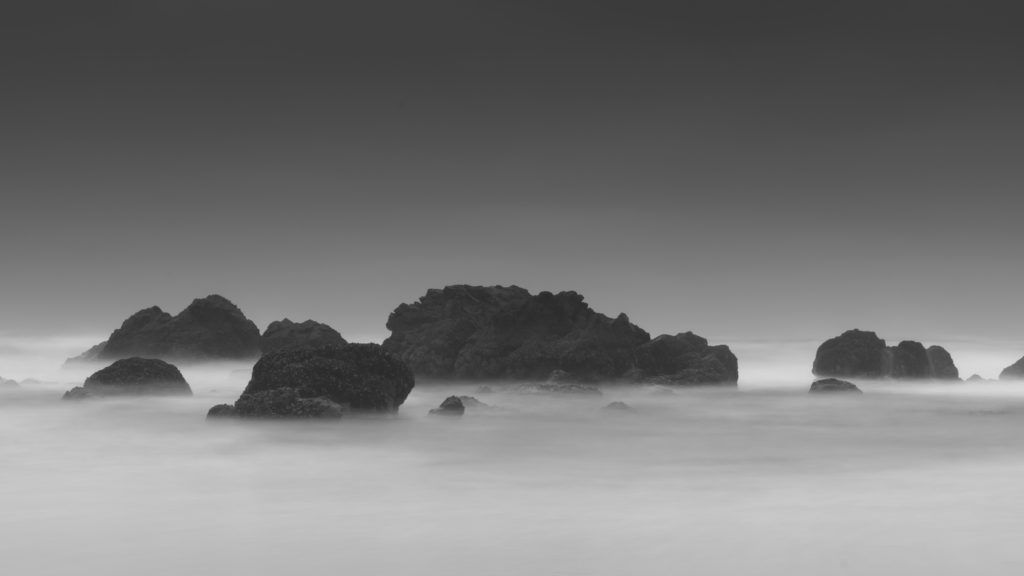
Low Light Photography
Although not particularly a genre, low light photography affects so many different genres since it is a condition when light is fairly lacking. Auto works fine when light is particularly abundant. When your subject is well lit and you don’t have the sun shining too brightly against your subject, then you’re quite fine sticking with the Auto mode. But when the lights start to go dim, your flash starts to pop automatically and this becomes quite annoying if you don’t want it to go off. But you can’t blame the camera because that’s what Auto is designed to do. Learning how to deal with this situation will help you understand manual settings sooner than you think.
It is under low light circumstances that you find yourself understanding ISO better. The more you subject yourself to low light photography, the more you get to know your camera’s capacity in terms of what it can handle when it comes to light and ISO because the amount of light affects the quality of your photograph. Since many photographers don’t like pushing up the ISO too high, understanding the role of Aperture and Shutter Speed becomes imperative in low light situations.
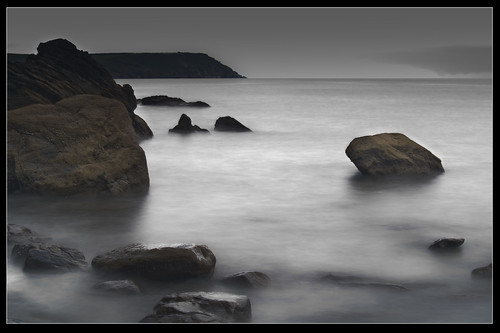
Portholland by Johan J.Ingles-Le Nobel, on Flickr
Light Painting
Many beginners are particularly fascinated with this kind of photography. It is a genre that keeps both fun and learning happening at the same time. Whether it's light painting itself or similar situations like photographing fireworks or lightning, or even just playing around with light streaks from cars, it can make you want to learn more about how long you should keep the shutter open and what aperture you should be using.
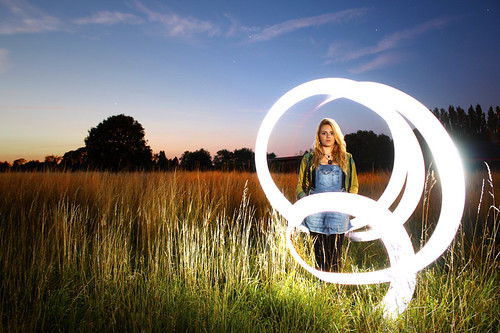
Light Painting by Brian Tomlinson, on Flickr
Concert Photography
The thing about concerts is that the light is absolutely unpredictable. Not getting the right exposure is pretty common. Although getting ‘lucky shots' are possible with steady lighting, one needs skill in using their camera's metering system, metering modes, exposure compensation, and even white balance settings in order to get desirable photos during concerts when lights begin to move all over the place. Although it's not usually probable for beginners to shoot concerts for practice, similar situations where light changes abruptly will help any photographer become better at shooting in manual mode. While it's awesome to be able to have access to big concerts, local stage performances or recitals will also do just fine.
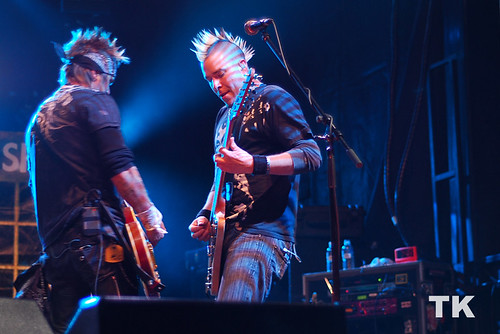
State Of Shock Concert #50 by Tsar Kasim, on Flickr
Studio Photography
Studio photography is particularly exciting but can be overwhelming for first timers. When we talk about studio photography, we must talk about light meters too. When you start to learn more about light meters, you get to understand really how much you can control the big three settings of your camera – Aperture, Shutter Speed, and ISO. There is no better genre that can make you experience this. Any genre using strobes, including portraiture, fashion, glamour, and product photography, will help you get into the habit of shooting with settings in mind. First of all, it’s difficult to limp your way into using studio strobes since it's easy to get underexposed shots or blown-out highlights. Understanding how to use a light meter is extremely helpful as it helps you get the settings spot on. Without a hand held light meter, your other option is to learn and observe your histogram. It's probably easier to win the lottery than to get lucky with studio photography. Crossing your fingers won't help either. Kidding aside, using strobes whether done in studio or outdoors will get you to understand lighting ratios, and force you to understand and use manual control.
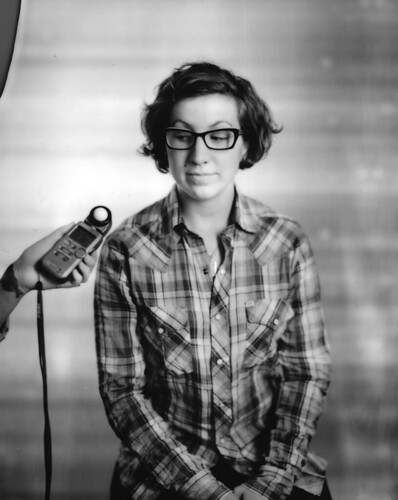
Watch your meter by docpop, on Flickr
Further Resources on Getting Off Auto:






6 Comments
I always shoot in full manual even focus is full manual. All raw all creative.
Why? Especially the focus part. Not to mention, you may feel skilled, but you’re missing things while you’re twiddling with your settings. Aperture Priority and Shutter Priority and other modes exist for a reason.
Mitch – I’m with you. I’ll manual focus if I have to, but Aperture and Shutter priority are my best friends. I do shoot RAW for the level of control I have over my pictures when I’m in processing, but I don’t feel the need to revert my camera to an AE-1.
Manual is there for a reason. I am often shooting outside the parameters of camera setting available in aperture and shutter priority.
That light painting shot is absolutely gorgeous!
Loved that shot too Ari.